The Bully Project
May 12, 2015
T.V. shows, young children, and adults quickly stereotype and portray bullies as large, greedy, lunch money stealing kids with low self esteem. Today, teasing focuses on physical appearance, economic status, and popularity which linger among younger children and continue into the adolescence years. Bullying remains a persistent problem each year in elementary, middle and high schools throughout the United States. The larger issue circles around bystanders, those who are present during the incident but decide not to act on the situation.
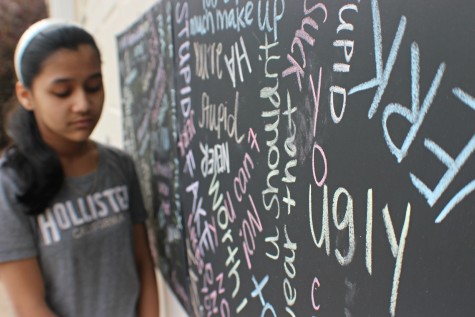
Many students begin separating each other based on appearance and intelligence at a young age. Dosomething.org reports that 90% of 4th-8th graders admit to being a victim of bullying.
Forms of bullying include physical, verbal, and cyberbullying.The Center for Disease Control states that 19.8% of high school students reported they were bullied and 14.8% of students report they were bullied online as of 2014. Since the advancement of technology, bullyingstatistics.org claims 72.4% of bullying since 2010 occurred through social media websites like Facebook and Twitter.
Many students claim name calling as one of the top issues of bullying, followed by teasing, rumor spreading, threats, and constant purposeful isolation. A North Cobb junior who wanted to remain anonymous confessed they were bullied from 2013 until now through Facebook as well as in person outside of school:
“It first started out with one person commenting on a photo,” he stated, “telling me I wasn’t good looking enough to even post a photo, that I had to get off of Facebook. I quickly blocked him, trying to avoid the negative energy.”
Not too soon after did he begin receiving messages from other students stating he should kill himself and that he was far too hideous to look at during class.
“They told me I should do everyone a favor and get rid of myself. It was the worst feeling ever to be hated for no reason, I felt so alone and had no one to go to about this situation.”
Prior to this interview, he finally decided to inform his parents about this ongoing incident. He worries that the people that continue bullying him bully others for the same reason: entertainment: “Everything was stressing me out about this, especially the fact that people would watch and laugh and wouldn’t help me out, or stand up for me.”
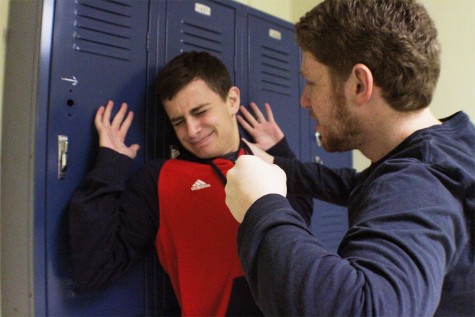
Physical abuse is a common way bullies free themselves from their own troubles. They often feel hurting someone else heals their very own pain. According to bullyingstatistics.org 77% of students have admitted being a victim of one type of bullying or another. Students do not always speak up after being bullied because they feel like they do not have anyone they can trust, or they were threatened if they told anyone, the bullying could worsen. If someone you know, or if it is you, that is getting bullied do not hesitate to seek help from a trust adult or peer.
Three out of four high schoolers said they think bullying occurs mostly in hallways and on the the bus. Senior Kayley Rapp reveals she was bullied from 3rd to 7th grade by the same girl on the bus or in class where most students did not notice. The bully spread rumors about her personal life that were not true.
“I felt very sad and trapped because I didn’t understand what I did to deserve this treatment,” she said.
Formerly bullied students feel violated and hurt by comments made to them based on their looks.
Sixth grader Naoshin Kaiser who attended Baker Elementary states: “Groups of kids would bully me based on my height in elementary, and it went on into middle school. It hurt because it was boys and girls, I thought people actually stuck up for each other. They made me feel like I didn’t belong.”
Kendall Minard, another sixth grader at Palmer Middle School, states she was bullied by one girl for weeks about her height:“It wouldn’t stop, I started losing focus at school, especially in math, and I play sports and it affected me to the point where I couldn’t concentrate.”
Kaiser confirms that she never saw much bullying until she entered middle school: “We might not realize it, but people are always bullying, even when it’s a tiny comment it could have ruined that person’s day and crushed their feelings. I wish people would stand up for each other.”
Two out of every five sixth to seventh graders said they would help if they saw their friend getting bullied. The others claimed if it did not involve them they would not get into it.
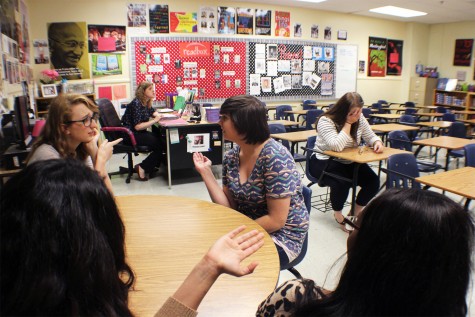
Sometimes students feel the need to rule out another person from their group because they are not like “them”. This can go unnoticed by teachers or other peers. Some students certainly understand that they are not welcome in a group.
Bystanders are growing problematic factors that come along with bullying. Each day, hundreds of thousands of students face bullies. And each day, thousands of students simply act as bystanders, only making the problem worse. Bullies seek attention and if the daily bystanders stand up and speak out, bullies will fade away.
To combat such an issue, senior Nabila Pranto created this website and interviewed students about their experiences.
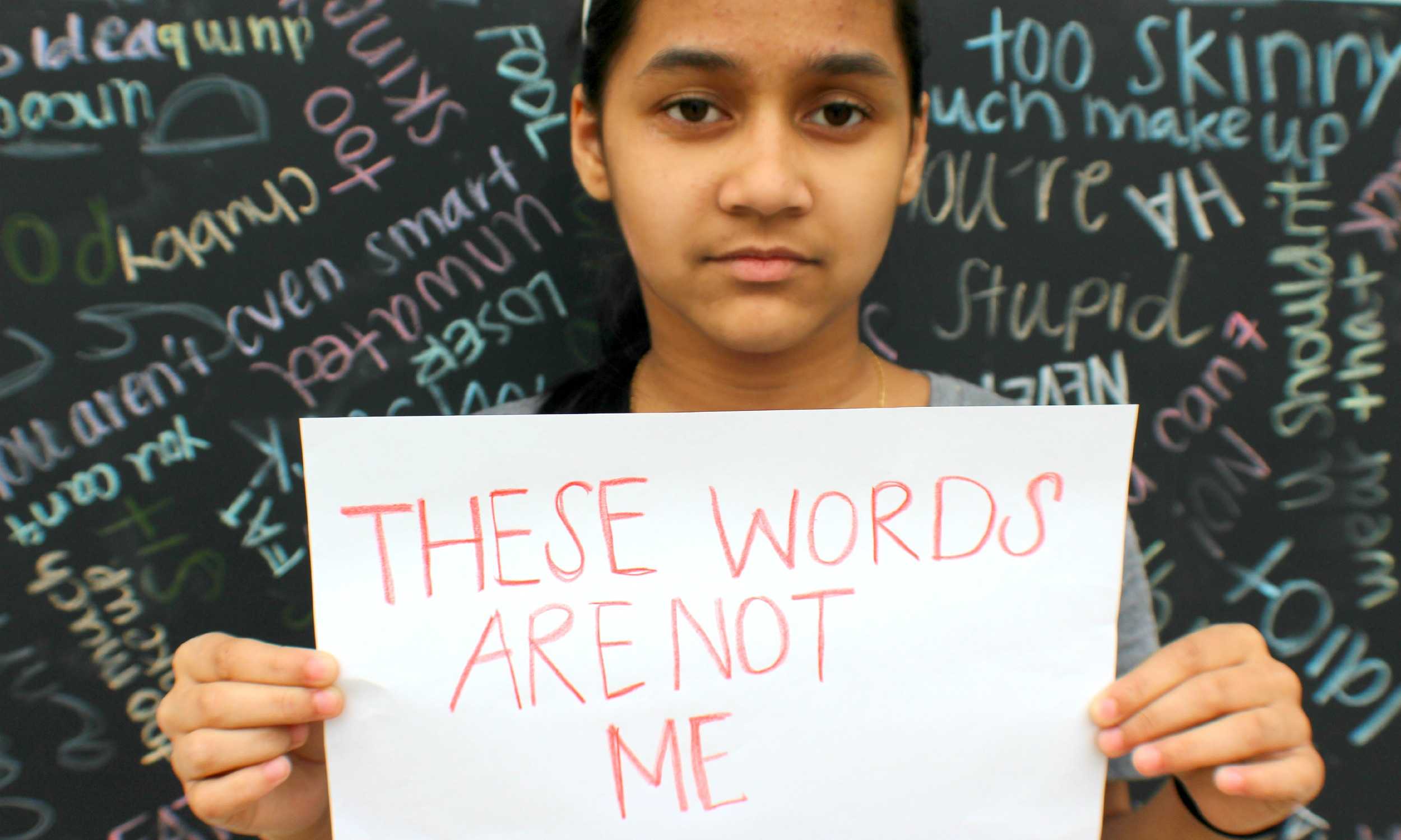
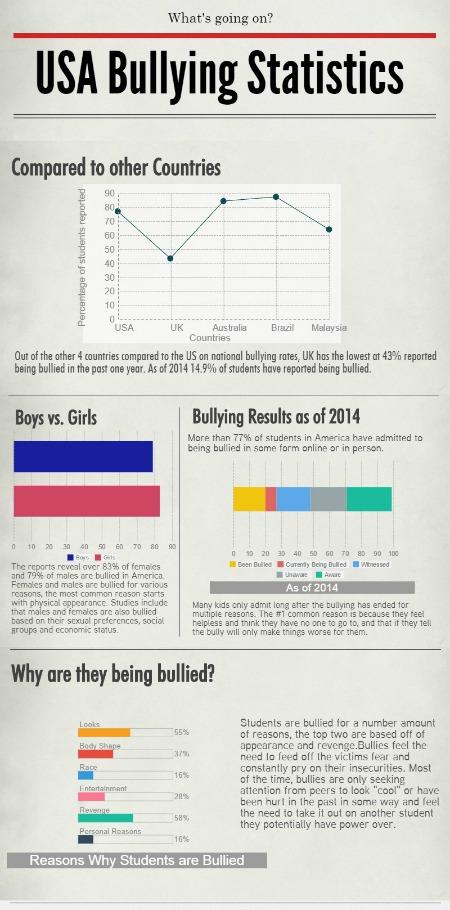
Elvis :) • Nov 20, 2015 at 9:54 PM
You’re amazing ! I love your work !! 🙂 keep up the good work MABBBBS
ashik skb • May 14, 2015 at 11:31 AM
I support you.